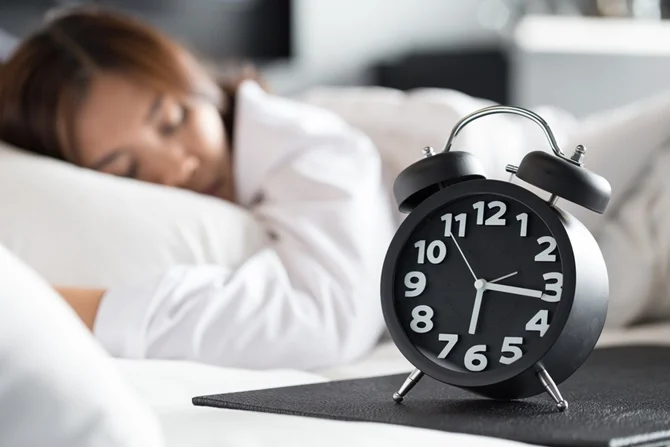Daylight Saving Time (DST) is a widely practiced convention that involves setting the clock forward by one hour during warmer months to extend evening daylight. This shift ostensibly conserves energy and allows for more daylight during the hours most people are active. Here’s a detailed look into why DST starts at 2 a.m., what happens at that time, and the schedule for 2024.
What is Daylight Saving Time (DST)?

Daylight Saving Time is a system used to reduce electricity usage by extending daylight hours during the warmer months. The practice dates back over a century and was first implemented during World War I to save energy for war production by taking advantage of the later hours of daylight between April and October.
Why Does Daylight Saving Time Start at 2 a.m.?
DST starts at 2 a.m. for several practical reasons:
- Minimal disruption: At 2 a.m., most people are asleep, and most businesses are closed, reducing the potential for confusion and disruption in personal schedules and commercial operations.
- Standardization across time zones: By changing the time at 2 a.m., the shift happens simultaneously across time zones, thus minimizing disruption in sectors like transportation and communications that rely heavily on precise timekeeping.
- Avoidance of date ambiguity: Moving the clock forward at 2 a.m. avoids changing the date during the transition. This helps in maintaining a uniform date for any late-night operations or transportation schedules.
What Happens at 2 a.m. During Daylight Saving Time?

At 2 a.m., clocks are set forward to 3 a.m. during the spring transition (commonly referred to as “spring forward”). This effectively skips one hour of the night, leading to a shorter sleep period for those who do not adjust their sleeping schedule. In the fall, the process is reversed (“fall back”), and clocks are set back from 2 a.m. to 1 a.m., providing an extra hour of sleep.
When Does Daylight Saving Time Spring Forward and Fall Back in 2024?

In 2024, Daylight Saving Time begins on Sunday, March 10th, when clocks will be set forward by one hour at 2 a.m. It ends on Sunday, November 3rd, when clocks will be set back by one hour at 2 a.m.
Why Trust Us
Our information is carefully curated and verified from reliable sources, ensuring that you receive accurate and up-to-date data. Our commitment to providing well-researched content aims to help readers understand complex topics such as Daylight Saving Time and its implementation.
Daylight Saving Time’s schedule and mechanics are designed to provide minimal disruption while still offering the benefits of longer daylight hours during the times of the year when it’s most beneficial.